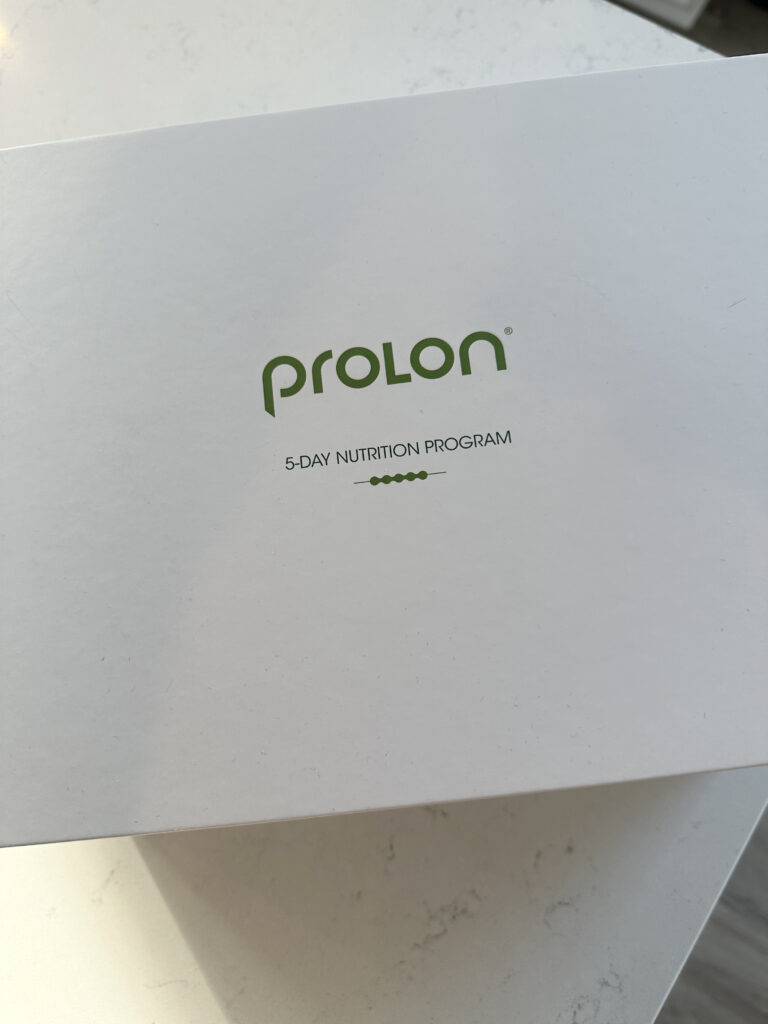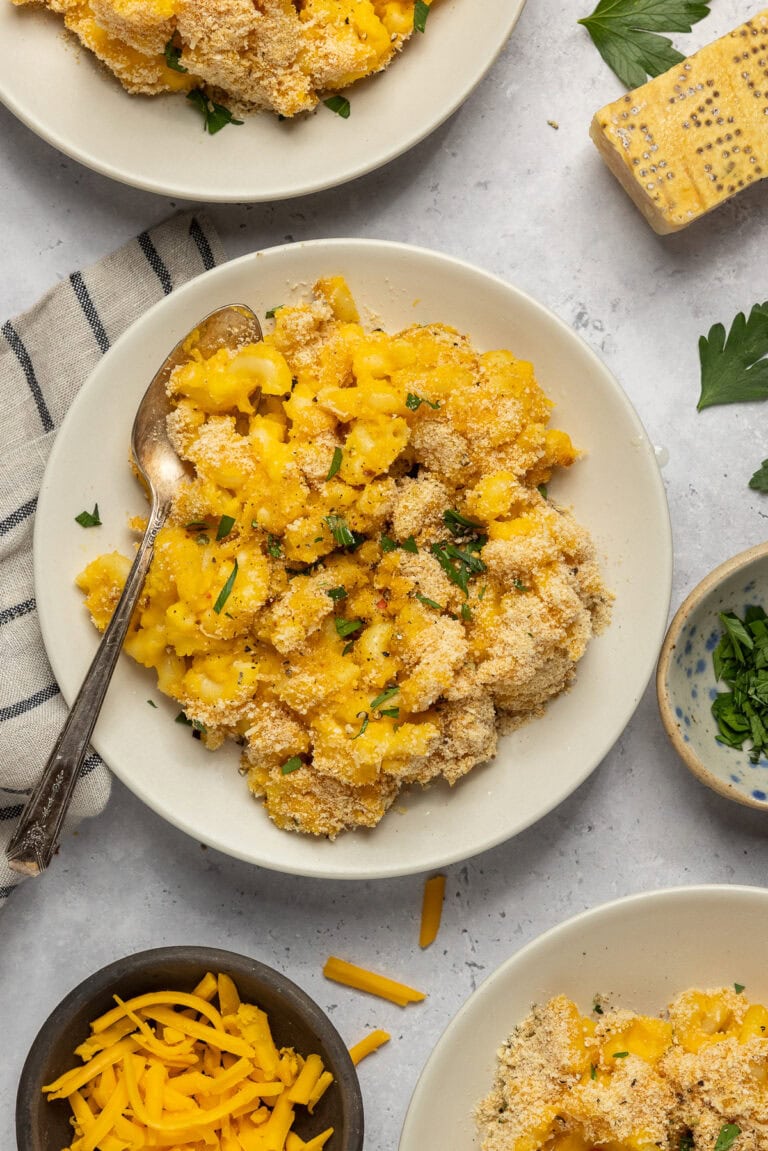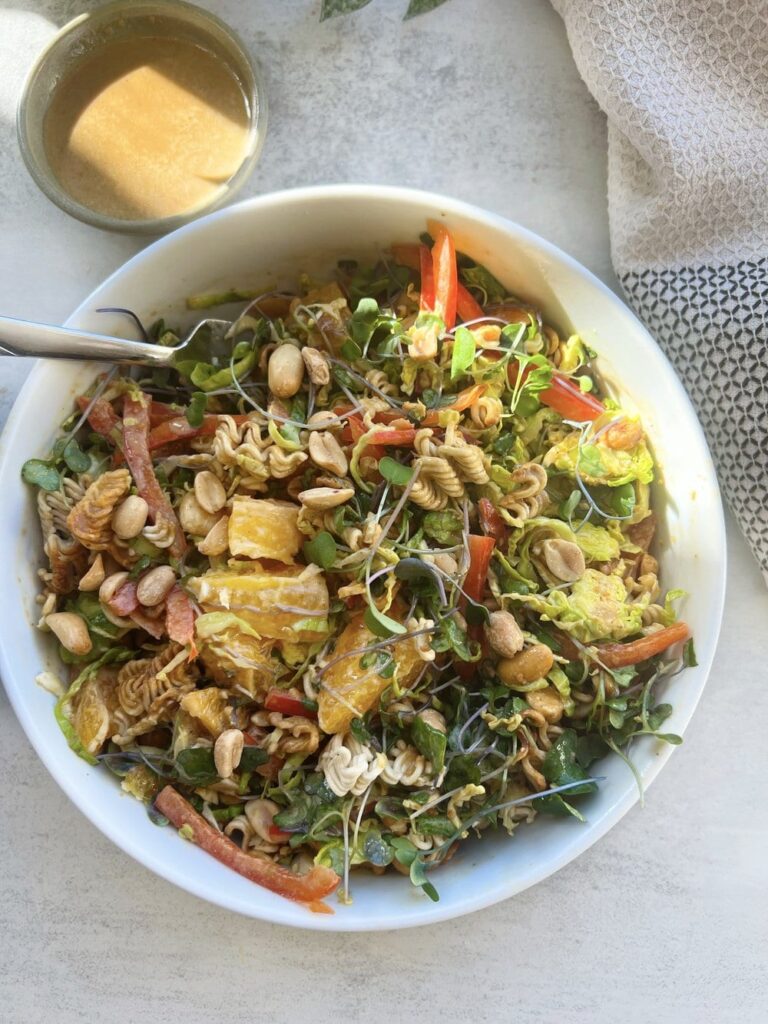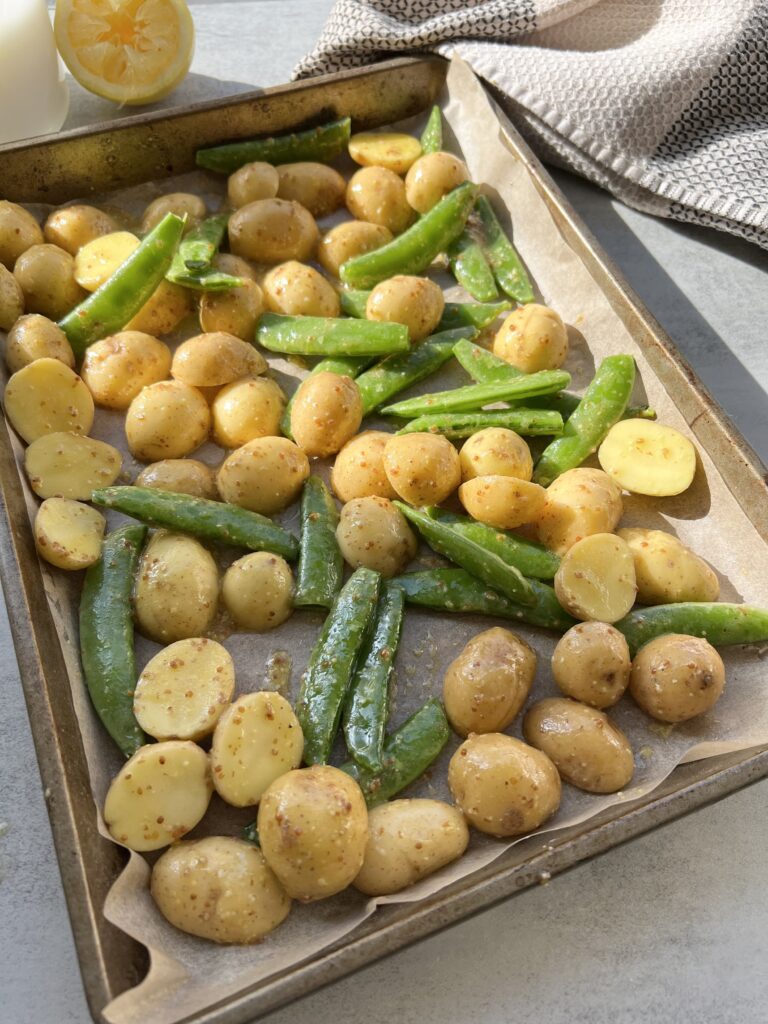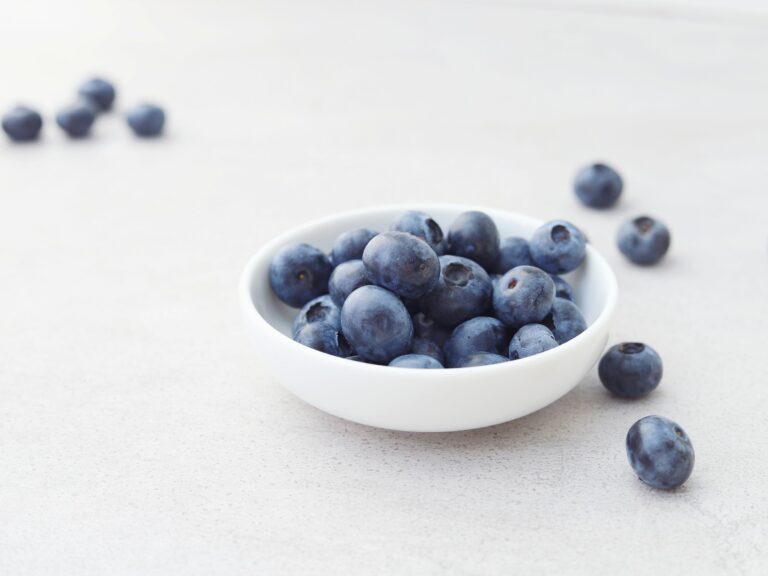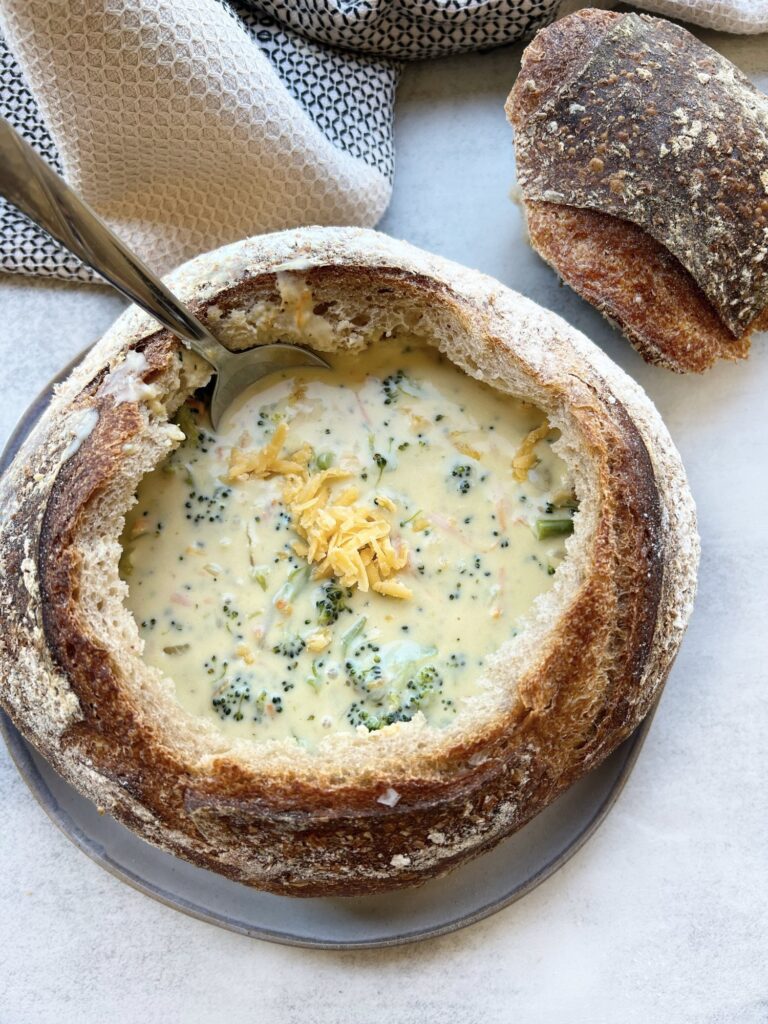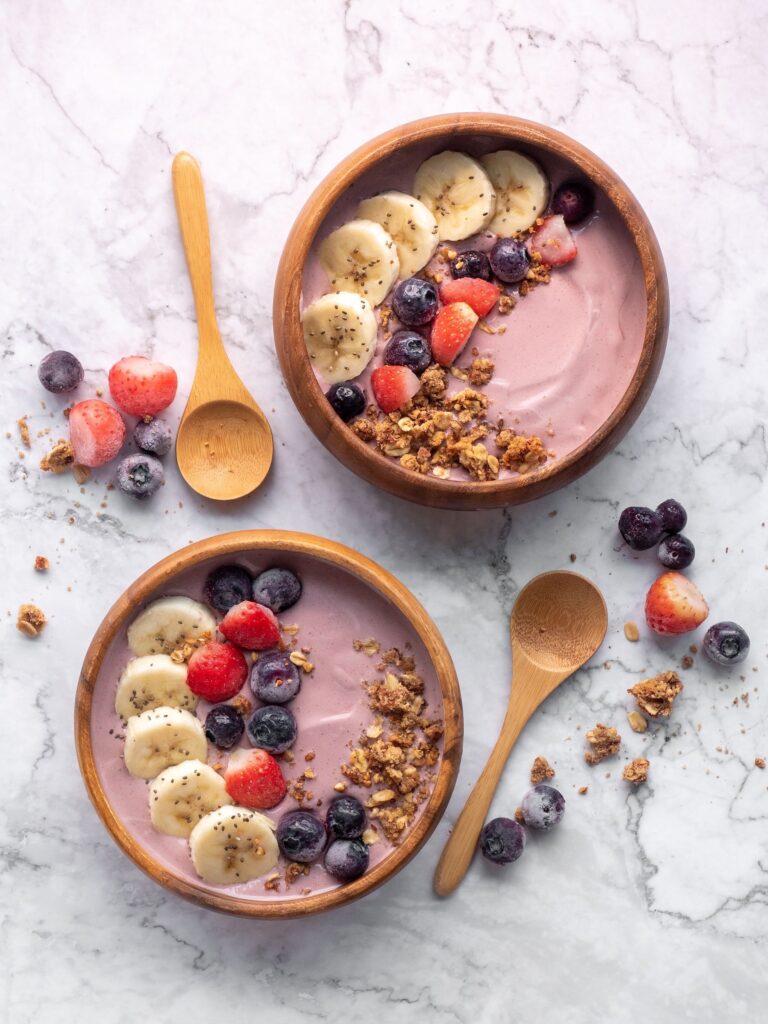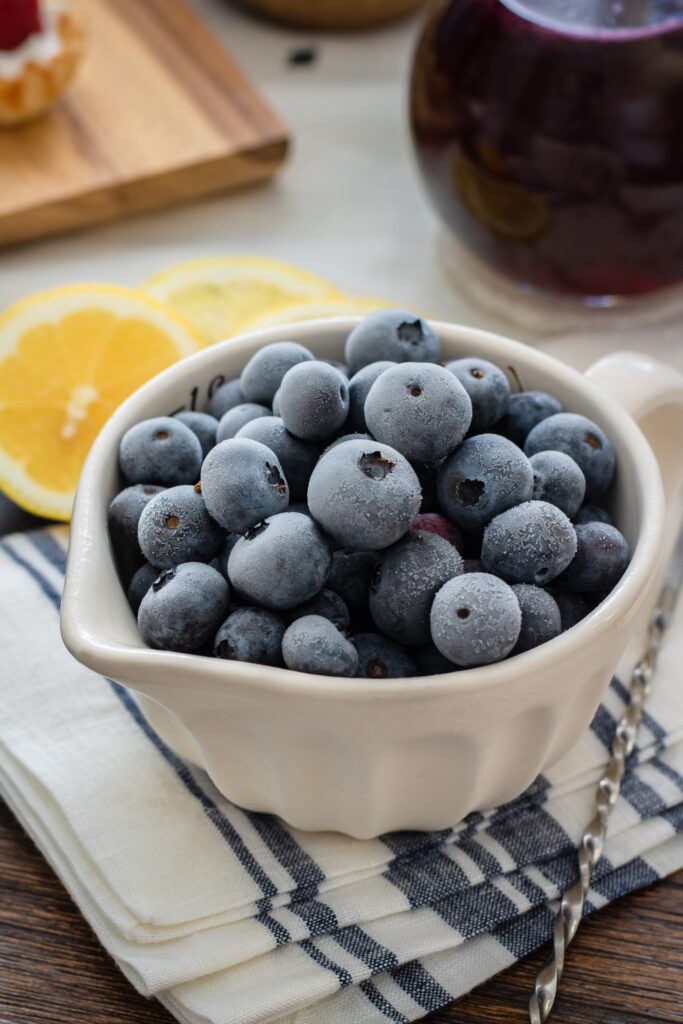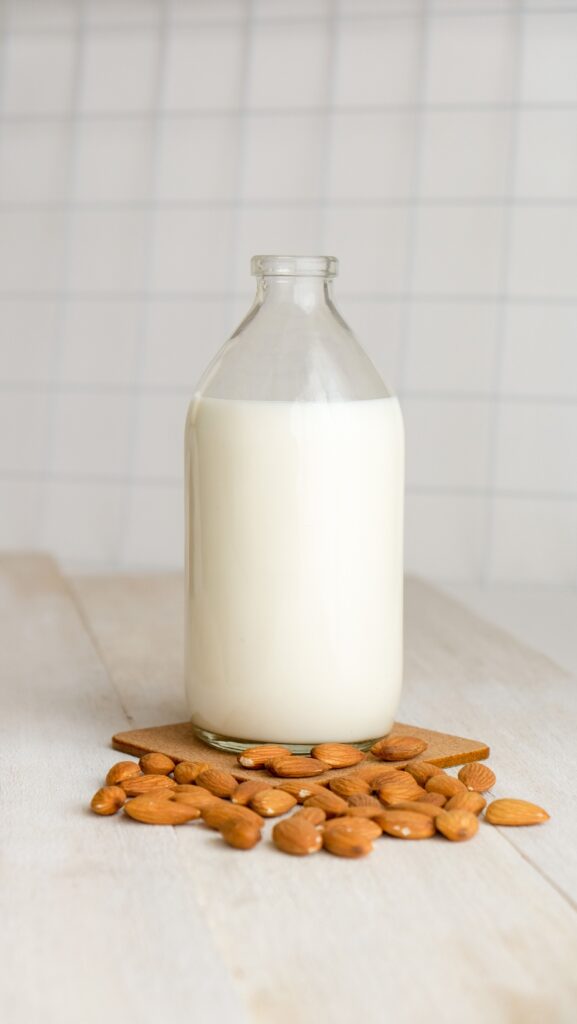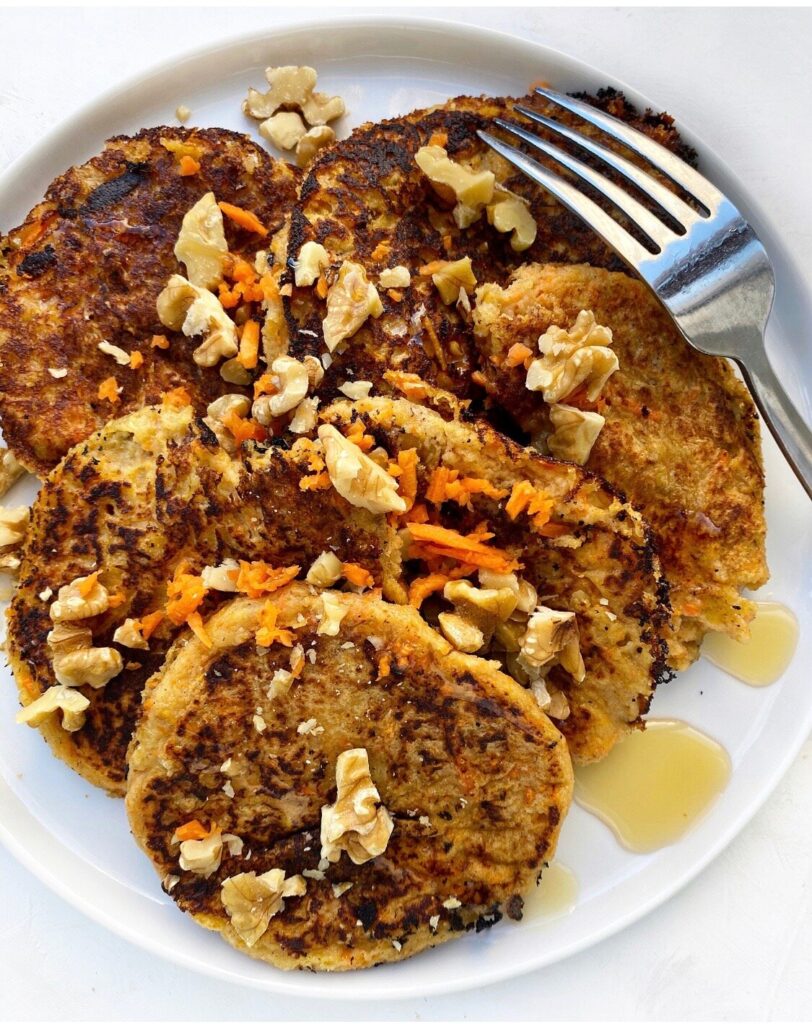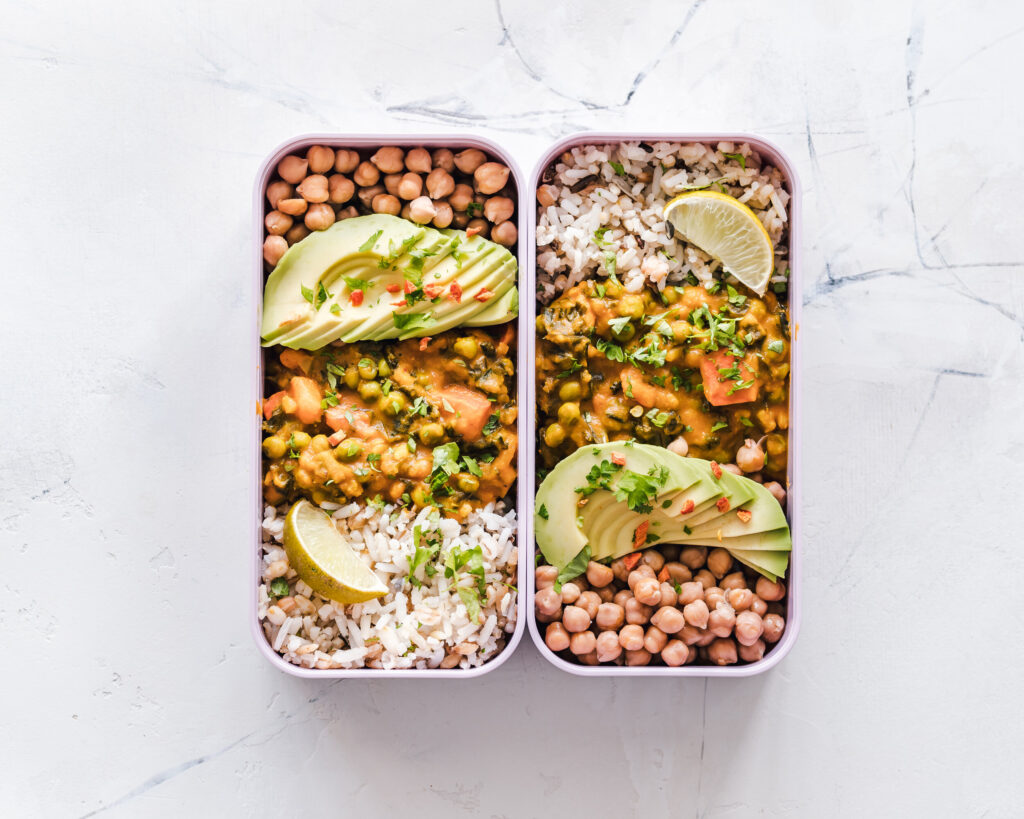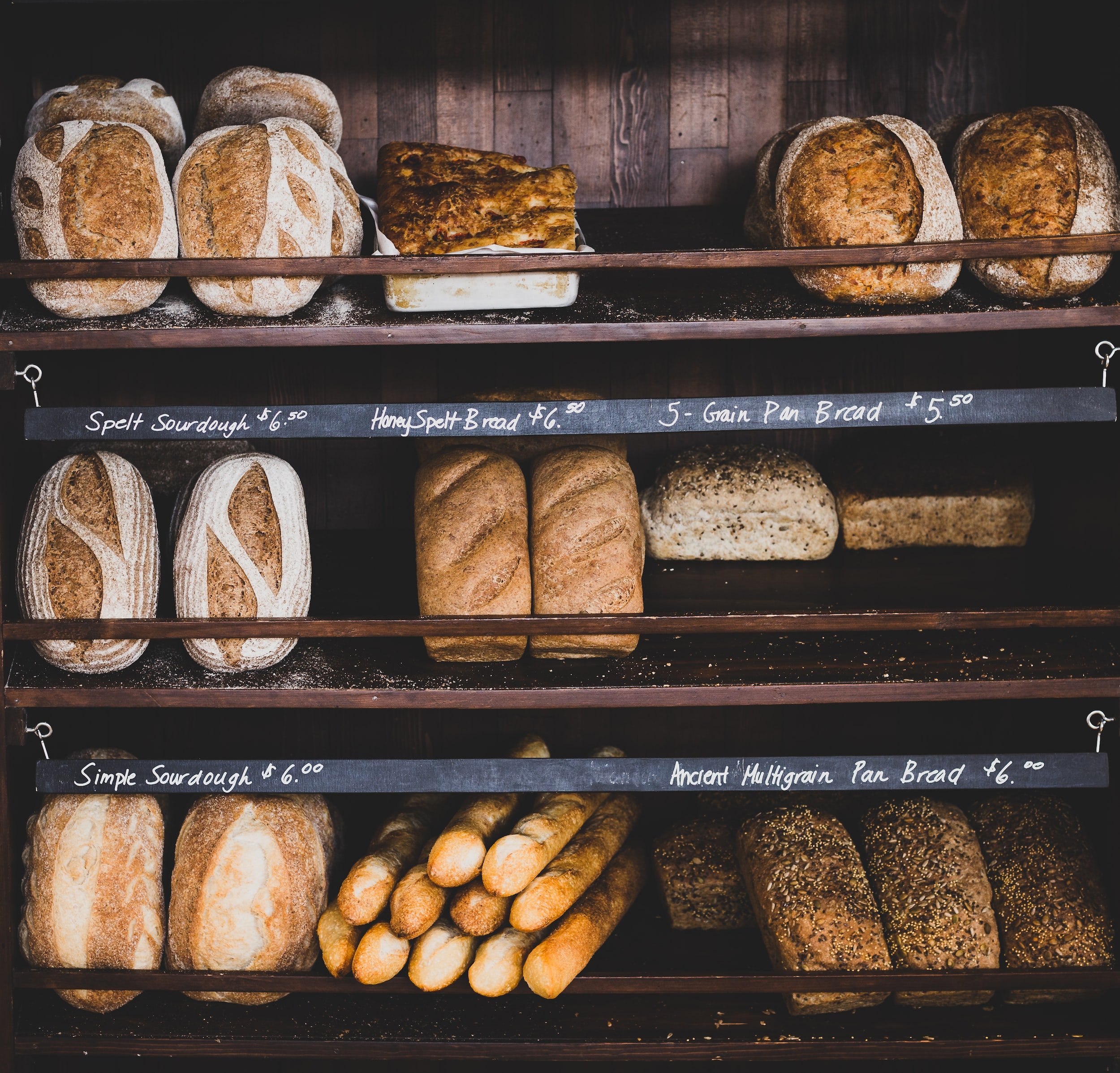
Which bread is the most nutritious? Should you choose whole wheat or sourdough? I’ve got you covered.
I was ordering groceries for my family the other day and wanted to add a bunch of bread. My almost 2 year old daughter will be starting school soon and I want to be able to pack her sandwiches.
There were so many options. I know what I normally buy for myself and my husband, but which one was best for her? Even as a dietitian, I got overwhelmed with all the different options.
So I googled “what’s the best bread for toddlers.” And in doing so, realized many adults probably ask this question themselves too.
First things first, I’m so glad you’re eating bread! And if you’re still on the fence at all about bread, please, please know that it’s okay to eat.
In fact, it’s more than okay. I recommended it.
Our bodies need carbs. Carbs help with feelings of fullness and satiety. They promote satisfaction in meals. They contain beneficial nutrients like fiber and B vitamins. And they’re just delicious.
And bread is a staple when it comes to carbs.
Make it into any kind of sandwich. Have it with a salad. Use it for French toast! I always recommend having some on hand.
So, which type of bread should you choose? Here’s a breakdown.
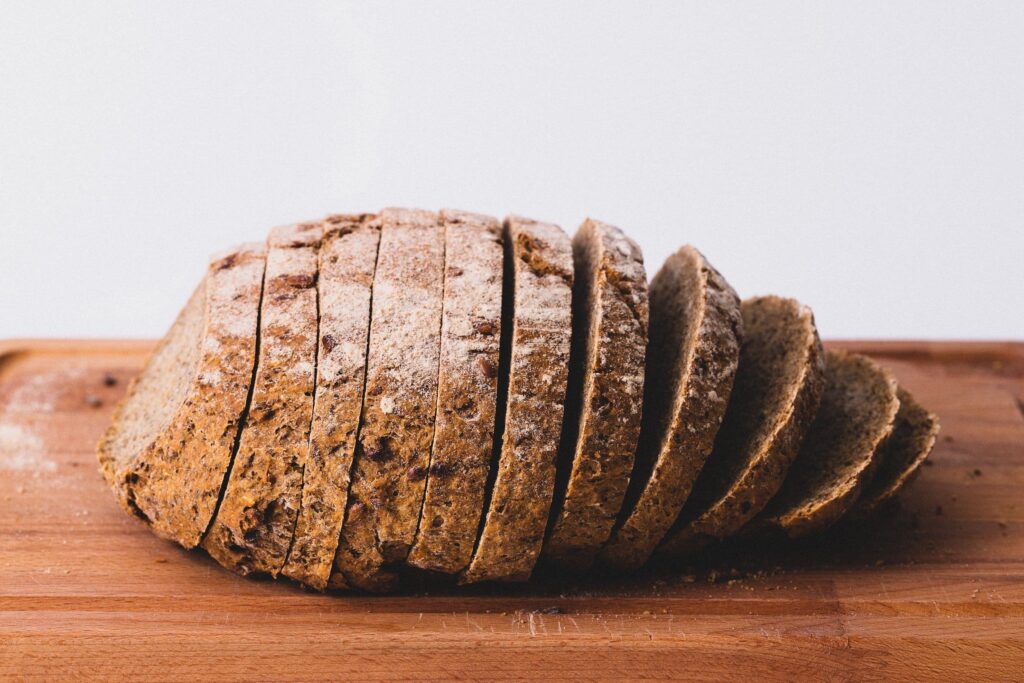
Whole Wheat
“Whole wheat” uses all components of a grain: the bran, germ, and endosperm. Because of this, whole wheat products are typically rich in nutrients that grains contain, like fiber, vitamins, and minerals, and even some protein.
These products will usually say “100% whole wheat” on their packaging.
And, because whole wheat bread is usually a good source of fiber, it’s also often pretty filling. Plus, fiber not only helps promote satiety, but also helps with bowel regularity (ya know… going to the bathroom regularly).
If you like the taste of whole wheat bread and are looking to add more fiber to your diet, then it’s a great choice.
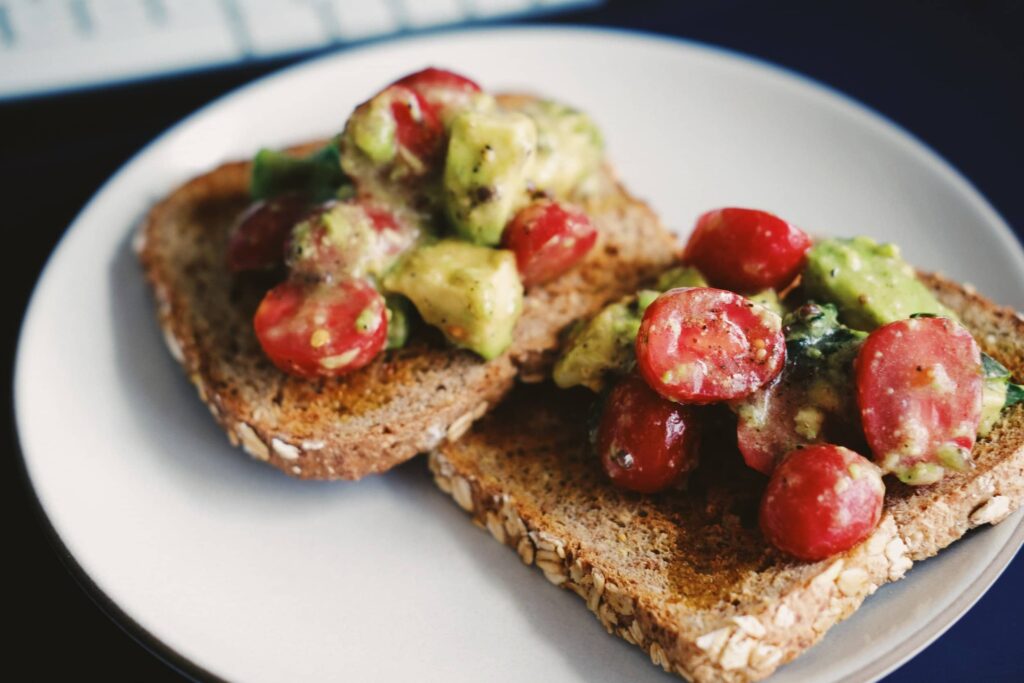
Whole grain
Whole grain encompasses many different types of grains: wheat, barley, quinoa, rice, rye, oats, sorghum, etc. Whole grain products usually contain a mix of different types of grains.
Like whole wheat bread, whole grain also uses the entire kernel of the grain. And, like whole wheat bread, this bread often contains beneficial fiber and nutrients.
For lack of a better word, whole grain bread often has a grainy taste. It’s a bit more textured than whole wheat bread.
Choose this bread if you like the taste of it and want to add some fiber to your diet.
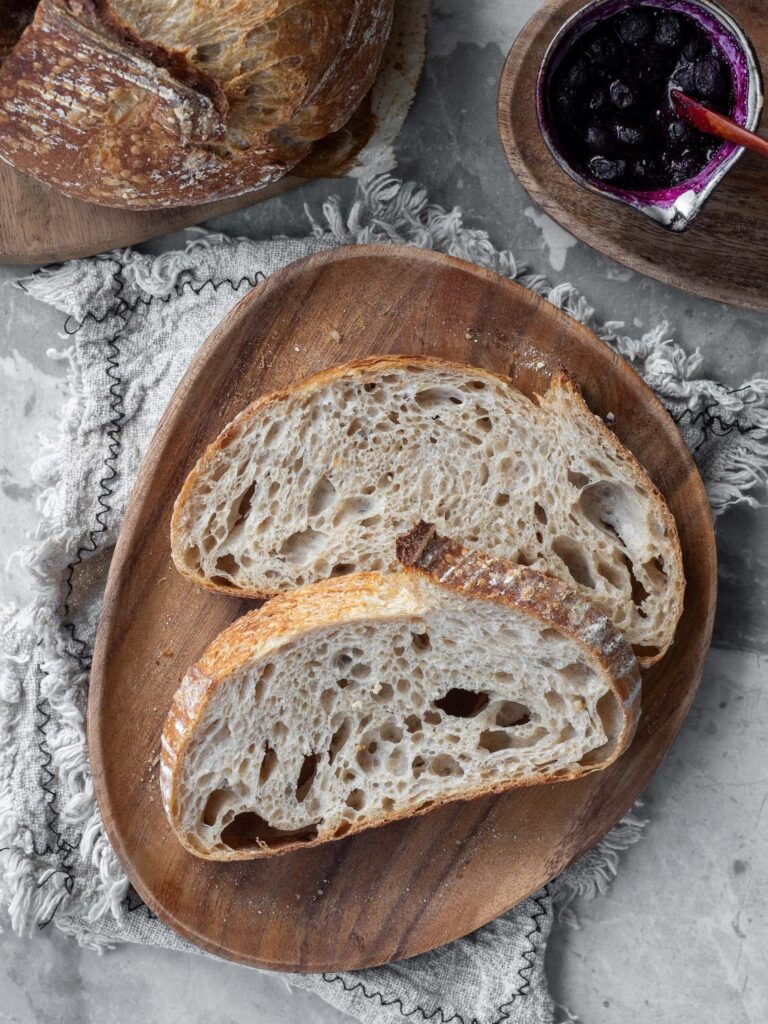
Sourdough
Unlike other types of bread, sourdough bread is fermented. When it’s made, it sits for a while until beneficial bacteria comes in and ferments it.
If this sounds a little strange, please know that it’s perfectly safe and common in food. Other examples of fermented food include sauerkraut, tempeh, kefir, and even yogurt.
The benefit: fermented food is rich in probiotics – beneficial bacteria that help foster good gut health.
Unlike whole wheat and whole grain bread, sourdough bread doesn’t contain plenty of fiber. But it’s still a nutritious option because of the probiotics it contains.
If you like the taste of this bread and want to add probiotics to your diet (especially helpful if you have a sensitive stomach or any GI trouble!), sourdough bread is a great option.
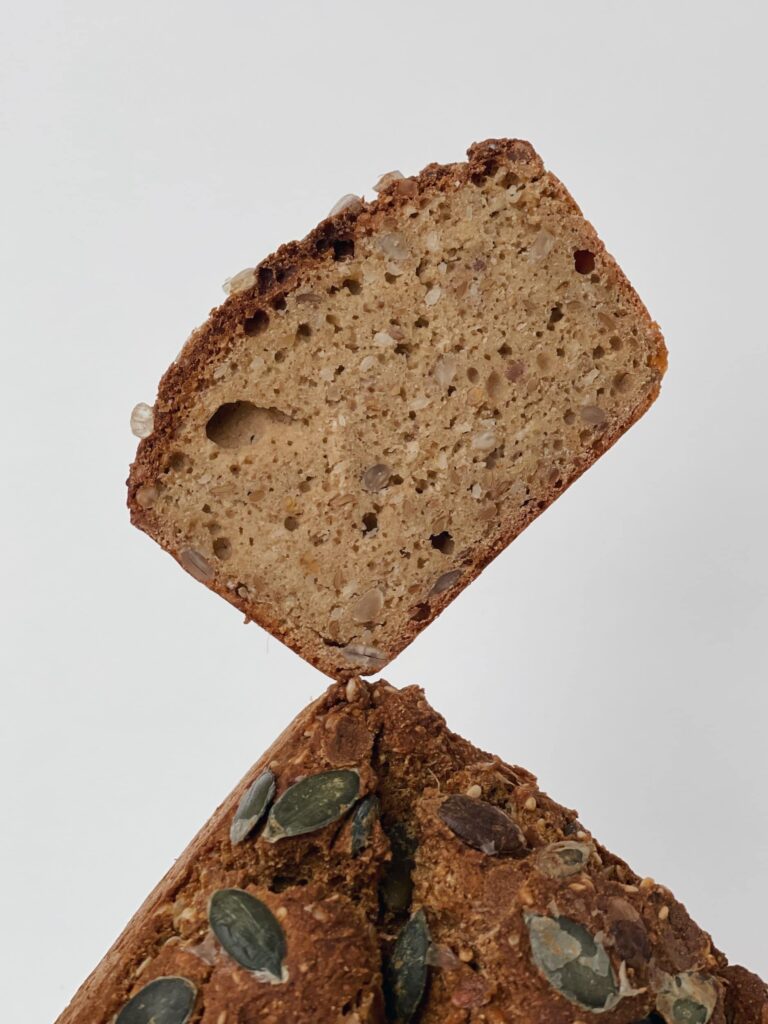
Gluten-free
Gluten is a type of protein found in grains. It helps give bread its soft and elastic texture.
Gluten-free bread utilizes grains that naturally don’t contain gluten, like rice and buckwheat.
While many delicious GF options exist, this type of bread usually doesn’t contain as much fiber or micronutrients as its counterparts.
Choose gluten-free bread if you have celiac disease or a true gluten intolerance.
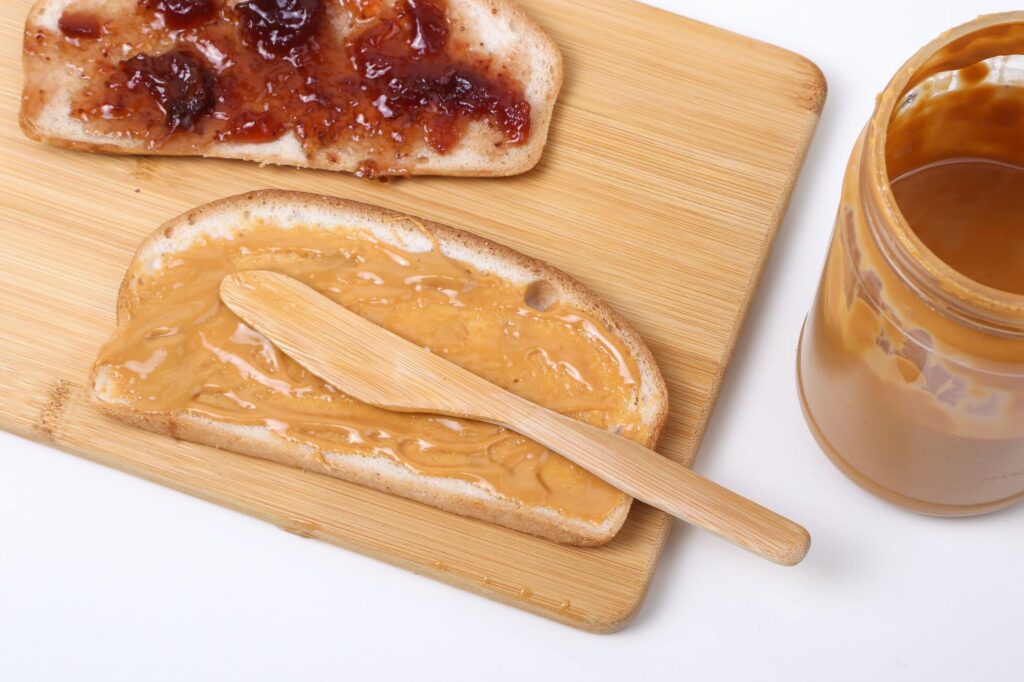
White bread
In order to make white bread, the bran and germ are removed from the grain kernel. The flour is milled and processed to create a lighter colored and soft-textured bread.
Because of how it’s made, white bread usually contains less nutrients compared to other bread. It doesn’t have much fiber and is lacking in vitamins and minerals.
On the flip side though, for those who don’t like whole wheat or whole grain bread, white bread has a more palatable texture. It’s soft – without that grainy texture – and has an overall more neutral taste.
If you prefer the taste of white bread, then this is the bread to choose.
At the end of the day, there’s no bread that’s 100% better than others or that you need to choose all of the time.

Mix it up! Buy whole grain bread and challah. A fresh loaf of sourdough when you see one at the bakery.
You don’t need to stick entirely to one type of bread and one type alone.
That said, keep in mind that this is just one food product. It’s important to choose the one that aligns with your health goals, and also the one that you enjoy eating.
If you don’t like whole wheat bread, buy white bread! And if you love the taste of sourdough bread, then eat that.
As long as you’re getting fiber elsewhere in your diet – from fruits, vegetables or other whole grains – there’s nothing wrong with buying white bread.
Enjoyment is important. If you like the taste of all types of bread, then you can start to make choices that take nutrition into account. But, if you prefer the taste of one type of bread over another, then that’s probably the best choice for you.
In the scheme of an overall varied and balanced diet, the type of bread that you choose will not make or break your health.

